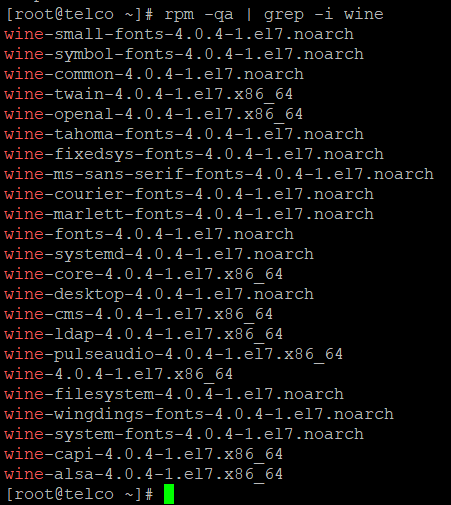How to Install Wine on CentOS 7

How to Install Wine on CentOS 7
Description
In this article we will learn how to install wine on centos 7 I will walk you through the process of installing wine on CentOS 7, starting with the very first step. Wine is a compatibility layer that was developed for multiple POSIX-based operating systems, such as Linux, Macintosh, and BSD, to enable these systems to run Windows-based software. Wine is available for free and is open source. Wine is a programme that, in its most basic form, automatically translates Windows API calls into POSIX calls. This eliminates the speed and memory penalties that are associated with using other methods and enables you to integrate Windows applications onto your desktop in an uncluttered manner. It is simple to understand and not too difficult to put into practise. Also, the installation process is relatively straightforward in virtually all of the well-known Linux variants. In this section, we will go over the steps necessary to install Wine on computers running CentOS 7.
Follow the below steps How to Install Wine on CentOS 7...
Step 1: Update Server
yum update
Step 2: Install EPEL Release Repository
You will only be able to obtain the wine package through the EPEL repository. In order to install and activate this repository, you will need to use the yum install epel-release command, as demonstrated further below.
yum install epel-release

Step 3: Install Wine package
With the yum install wine command, which will be demonstrated further down, you will be able to install the wine package from the EPEL repository. The package, as well as all of its dependencies, will be downloaded and installed as a result of this action.
yum install wine

Step 4: Verify Installation of package
After the installation has been completed successfully, you will be able to validate all of the wine-related packages that have been installed by querying the rpm database using the rpm -qa | grep -i wine command, as will be demonstrated below.
rpm -qa | grep -i wine

Step 5: Check Version of package
Using the wine —version command, as seen below, is another option for determining the currently installed version of wine.
wine --version
I really hope that you've got all of those steps down for how to install wine on CentOS 7.
Must Read :- https://utho.com/docs/tutorial/add-user-and-give-limited-permission-to-the-host-in-zabbix/